April saw shop vacancies fall to their lowest since December 2009 as more units are occupied for longer and long-term empty shops are removed from stock.
More shops than ever are occupied and staying occupied for longer, leading to a 0.6% drop in vacancies last month since the same time last year.
Shop vacancies across the country fell to 12.4% in April, the lowest level since December 2009, according to the latest report from the Local Data Company.
The fall has been driven by a 16% decline in the number of units becoming vacant combined with more units than ever being removed from the market.
Matthew Hopkinson, director of Local Data Company, described the figures as “significant”, but he added that the positive news might be shortlived.
He said: “Recent results from retailers and profit warnings or downgrades from retailers show that this positive news might not be long-lived, but up to this date the story for many retailers is one of expansion. However, we don’t know for how long and it’s not happening everywhere. 2016 could see further dramatic news, such as we have seen with the administrations of BHS and Austin Reed.”
Town centre vacancy rates dropped 0.5% from 11.2% to 10.7% compared to April last year, according to the figures.
Scotland was the only region to see an increase, rising by 0.8% over the past 12 months.
Vacancies in shopping centres dropped by 1.4% over the year, with the Northeast and Scotland reporting the biggest falls.
Wales, however, reported a 0.2% increase.
Meanwhile, the picture at retail parks was mixed, with the Northeast and the West Midlands showing -3.3% and -3.5% respectively, but Scotland seeing an increase.
Meanwhile, Hopkinson welcomed the decision by landlords and local authorities to remove units that have been long-term vacant.
He said: “This is good news as, hopefully, it shows that landlords and local authorities are recognising that a unit that hasn’t been occupied for more than three years is very unlikely to ever be reoccupied, and therefore should be demolished or given an alternative use.”
Hopkinson added that there is a “long way to go” as nearly 12,000 shops remain in that category and the impact on areas such as Skelmersdale, Hartlepool and West Bromwich would be “significant”.













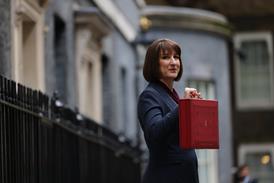








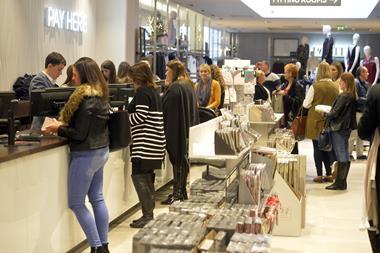

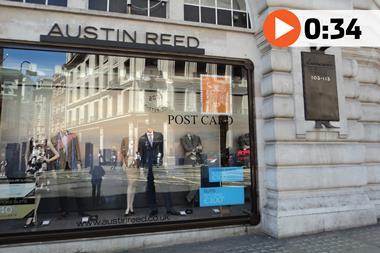
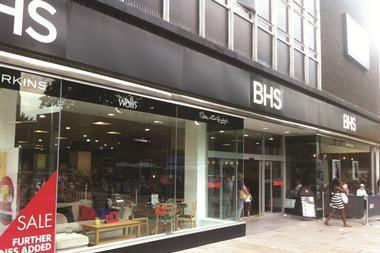
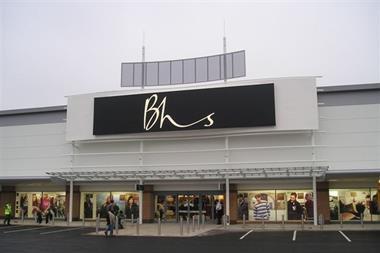
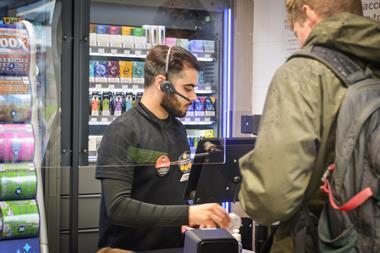
No comments yet